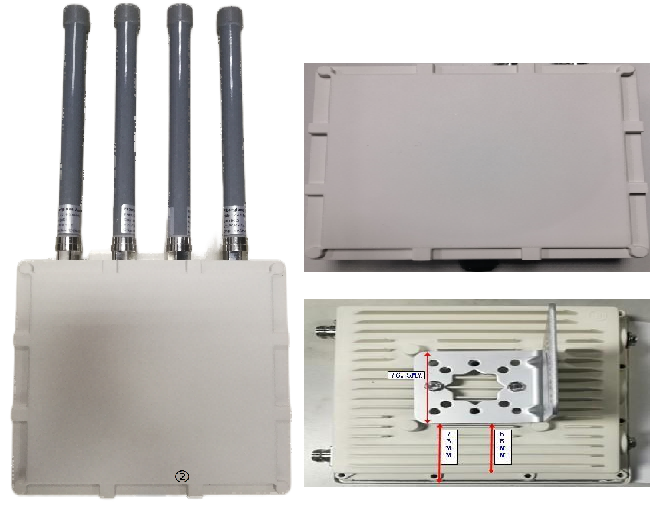Beamforming is a type of radio frequency (RF) management in which a wireless signal is directed toward a specific receiving device. Beamforming is applied to numerous technologies, including wireless communications, acoustics, radar and sonar. The RF management technique directs radio and sound waves for signal transmission or reception.
Rather than sending a signal from a broadcast antenna to be spread in all directions — how a signal would traditionally be sent — beamforming uses multiple antennas to send out and direct the same signal toward a single receiving device, such as a laptop, smartphone or tablet. The connection results in a faster, more reliable wireless data transfer.
The concept originates from 1905, but more recently, the technology has been applied to Wi-Fi and fifth-generation (5G) networks. As an example, the 802.11 standard gives a specification for routers to implement Wi-Fi beamforming.
How does beamforming work?
Beamforming works differently, depending on its type or implementation. However, by having multiple antennas in close proximity send out multiple signals at different times, a beamforming tower or router can adjust the signals it sends. This adjustment determines the best path for the signal to take to reach the client device. In a sense, beamforming shapes the RF beam as it traverses a physical space.
The radiating elements — or parts of the antenna designed to support RF currents — in multiple antennas need to transmit a signal at identical wavelengths and phases.
Other beamforming techniques include the following:
· Analog beamforming uses phase-shifters to send the same signal from multiple antennas. The signal is set to different phases, which creates an antenna pattern that points a specific direction. The signal phases of antenna signals are adjusted in an RF domain, which improves coverage.
· Digital beamforming has different signals for each antenna in a digital baseband. Digital receivers are placed at the radiating elements of each antenna. Different phases are applied to different frequency bands, enabling digital beamforming to be more flexible. A digital beamforming processor can then steer numerous independent beams in any direction. This method is useful for spatial multiplexing.
· Hybrid beamforming is a combination of analog and digital beamforming. The hybrid approach uses analog beamforming along with digital precoding, which is used to support multistream transmission, to form the patterns transmitted from an antenna array. The process defines the number of analog beams while allowing for some frequency variations. 5G base stations can use hybrid beamforming.
· Massive MIMO, or multiple input and multiple output, is an antenna technology for wireless networks where multiple antennas are used at both the transmitter and the receiver ends. Massive MIMO uses a common frequency that is then steered in multiple directions. It requires digital signal processors and an area with a lot of signal interference. The different signal arrival times form multiple time-division duplexing channels, providing path redundancy. Massive MIMO is used in wireless, Wi-Fi and 5G technology.
· Beam steering changes the phase of input signals on each radiating antenna element. This method essentially tracks the receiving device, steering a signal to it. A common frequency is steered with a signal beam in the correct direction. Meanwhile, different signals can be sent to other devices.

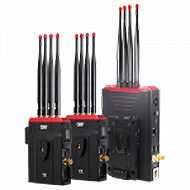 Multi-camera wireless video transmission
Multi-camera wireless video transmission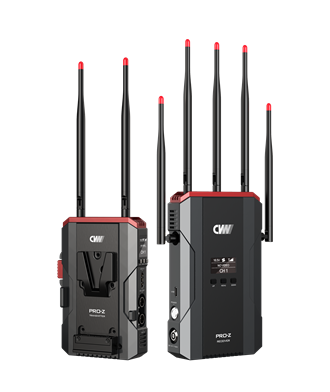 Zero Latency Wireless Video Transmission
Zero Latency Wireless Video Transmission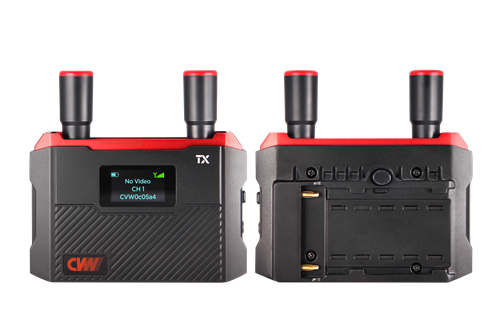
 Designed for teleoperating the heavy equipment
Designed for teleoperating the heavy equipment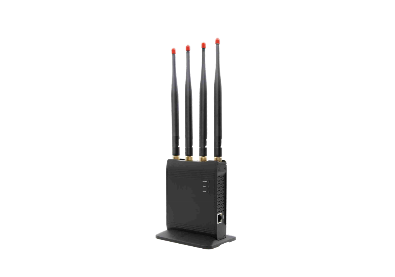 Wireless high-speed data transmission
Wireless high-speed data transmission